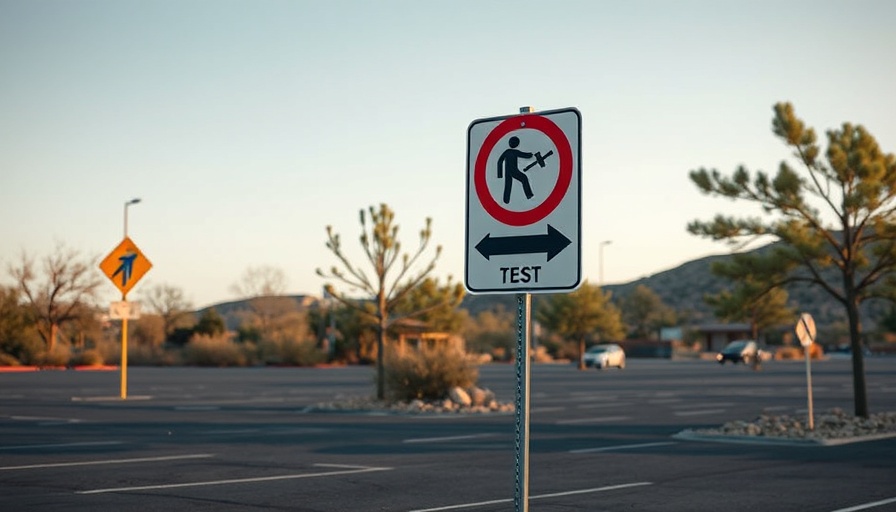
The Rising Tide of Measles: Understanding Recent Outbreaks
In recent weeks, the United States has witnessed a troubling surge of measles cases, particularly in West Texas. The state has recorded 146 cases in just one month, a stark increase from previous years, with one unfortunate fatality marking the first U.S. death from the virus in a decade. Such incidents signal that the battle against measles, a disease eradicated in the U.S. in 2000, is far from over.
Challenges of Vaccine Hesitancy
Public health officials attribute the current outbreak to a decline in vaccination rates. Data reveals that communities dropping below the critical 95% vaccination threshold face greater risks of outbreaks. In Gaines County, the epicenter of the outbreak, vaccination coverage sits around 82%, making it particularly vulnerable. As misinformation about vaccines continues to gain traction, a growing number of families are opting out of immunizations.
Historical Context of Measles Vaccination
The measles vaccine, introduced in 1963, played a pivotal role in the dramatic decrease of measles cases. By 2000, the disease was deemed eliminated in the U.S., a stunning achievement hailed by public health officials. However, recent years have seen a resurgence due to falling vaccination rates, often fueled by misinformation and heightened vaccine skepticism.
Examining Expert Perspectives
Jason Schwartz, a health policy professor at Yale, has pointed out that while measles cases do appear annually, the scale of the current outbreak is unprecedented in recent years. Experts have highlighted that the recent rise corresponds with a troubling national trend: pervasive vaccine hesitancy, which intensified during the COVID-19 pandemic.
Future Predictions: What Lies Ahead?
Public health authorities warn that as long as vaccination rates remain low, further outbreaks like this will be inevitable. Catherine Troisi, an epidemiologist, explained that unless vaccination rates are increased, communities might face repeated waves of the disease with potentially severe outcomes, particularly for vulnerable populations.
Government Response and Public Health Measures
Despite the emergence of this public health crisis, the response from Texas leaders has been muted. The absence of public communication from state officials raises concerns about the level of urgency and proactive measures needed to curb the outbreak. For instance, jurisdictions have typically exercised more stringent health measures during outbreaks. The reluctance to implement similar strategies in this case might be dictated by the fear of backlash in a politically sensitive climate surrounding vaccinations.
Empowering the Community: Strategies for Improvement
As the outbreak unfolds, local leaders are focusing on increasing vaccination access and education to combat misinformation. Strategies include setting up vaccine clinics and targeted outreach programs aimed at informing parents about the benefits of vaccination. Approximately 97% effective at preventing measles, the MMR vaccine is critical in curbing this outbreak.
Conclusion: The Path Forward
As Texas navigates this troubling period, the lessons learned from previous outbreaks could guide responses to this current situation. A united push for higher vaccination rates, public trust, and transparency is essential to avoiding future crises. The goal is simple: protecting community health by choosing to vaccinate.
If you're in Texas or another affected region, consider discussing vaccination options with your healthcare provider. Vaccines are not merely personal health decisions—they protect the broader community and help ensure safety for the next generation. Embrace this call to action and make informed choices regarding vaccines to safeguard against diseases like measles.
 Add Row
Add Row  Add
Add 




 Add Row
Add Row  Add
Add 

Write A Comment